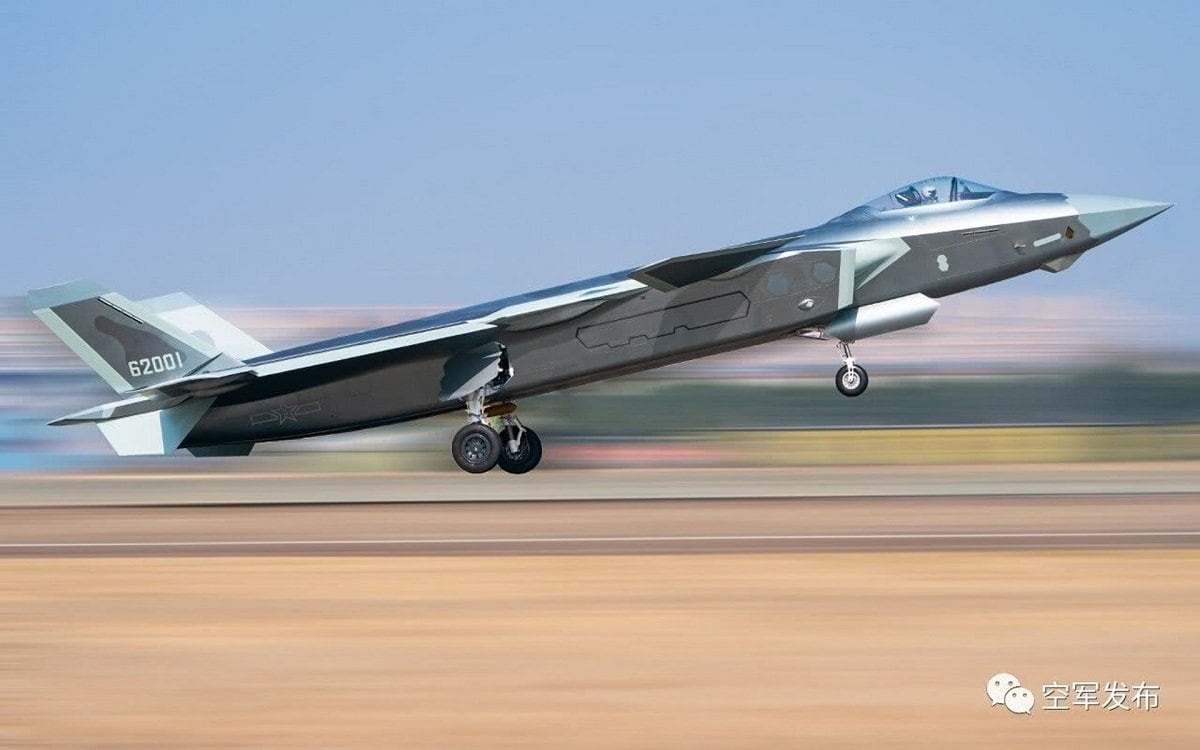Arthur Conan Doyle’s fictional detective Sherlock Holmes once described a seemingly “unsolvable mystery” by stating, “When you have eliminated all which is impossible, then whatever remains, however improbable, must be the truth.” That line of logic is essentially being applied to the very serious study of UFOs – or unidentified flying objects – as the Pentagon will soon release its report on the subject to Congress.
Sightings of Unidentified Aerial Phenomena (UAP), as it is known by the Department of Defense (DoD), are not entirely uncommon. In the past two decades, military pilots have made more than 120 sightings of objects that simply can’t be explained. The aircraft – if they are in fact aircraft – lack any signs of conventional propulsion and have no exhaust or contrails, and no wings or fins. Some have been described as “saucer-like.”
As part of last year’s $2.3 trillion Covid-19 relief package, signed by then-President Donald Trump, the Pentagon was required to continue to investigate UAPs and release its findings to the public. Earlier this month The New York Times published a copy and its findings would have infuriated a certain fictional detective. There remains no evidence that UAPs are of “extraterrestrial origin,” but that possibility can’t be completely ruled out, the report found.
What the report did state is that the objects certainly aren’t American military craft – and that includes experimental aircraft. However, it has been suggested that it is possible the UAPs could be foreign if not entirely alien, meaning they could be advanced aircraft developed by Russia or China.
That should be as disconcerting as aliens, warned some lawmakers.
“Anything that enters an airspace that’s not supposed to be there is a threat,” Sen. Marco Rubio, R-Fla., who ordered the report when he was still chairman of the Intelligence Committee last year, said in an interview to 60 Minutes in May.
Yet, it is seriously unlikely the UAPs were “made in China” however. For one, Beijing seems to be taking sightings of UAPs as seriously as the United States, and The South China Morning Post recently reported that China has been so “overwhelmed” by UFO/UAP reports that its military is now utilizing artificial intelligence (AI) to assess the incidents.
Even the theory that China’s program is part of a clever disinformation campaign to conceal the existence of its advanced aircraft lacks merit.
“Authoritarian states like China are particularly allergic to admitting a lack of control over national security matters, making revelations of Beijing’s UFO struggles even more intriguing. Indeed, the weakness that such disclosures imply does not sit well with centralized leadership structures,” Marik von Rennenkampff, who served as an analyst with the U.S. Department of State’s Bureau of International Security and Nonproliferation, wrote in an editorial for The Hill this week.
“Taken in totality, these factors suggest that Beijing’s uncharacteristic transparency on UFOs is unlikely to be a disinformation campaign. Instead, it may be a subtle, strategically timed signal that China is just as perplexed by some of these phenomena as the United States,” added von Rennenkampff.
There are several other factors to consider. China has struggled to build engines for its fifth-generation fighter aircraft, so it is beyond improbable that it was able to develop flying saucers or other advanced aircraft.
Thus the report to congress probably won’t answer questions, but it seems for now that it is all but impossible that the UFOs/UAPs are Chinese. Whether they’re alien is another matter entirely.
“I want us to take it seriously and have a process to take it seriously,” Sen. Rubio added. “I want us to have a process to analyze the data every time it comes in. That there be a place where this is cataloged and constantly analyzed, until we get some answers. Maybe it has a very simple answer. Maybe it doesn’t.”
Peter Suciu is a Michigan-based writer who has contributed to more than four dozen magazines, newspapers and websites. He regularly writes about military small arms, and is the author of several books on military headgear including A Gallery of Military Headdress, which is available on Amazon.com.

